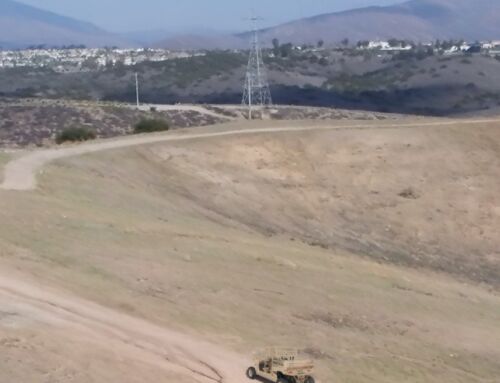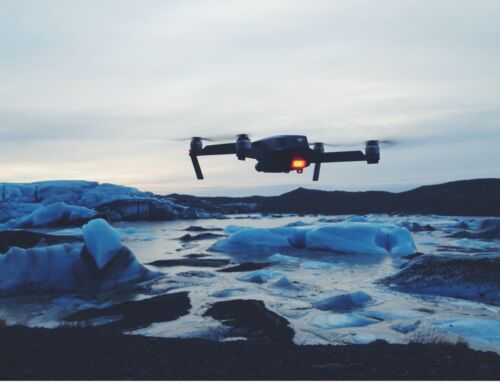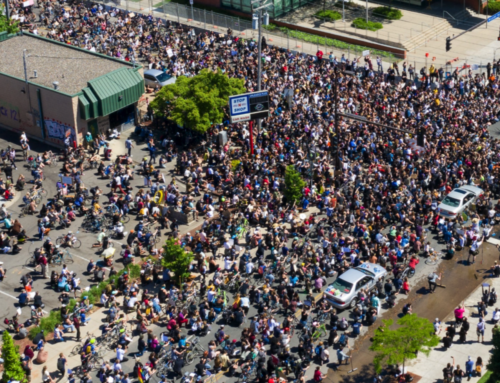Most drones sold today come with prominent information from the manufacturer about how far away they can fly from the pilot and how long the batteries will last. These are very important specifications when considering what drone to purchase. As the industry grows and commercial users imagine new kinds of UAV missions, a lot of effort from the UAV industry and regulators is being spent on how to integrate drones that are beyond the pilot’s line of sight (BLOS) into the airspace.
Flight duration is a major limitation in UAV’s
However, in many use cases, the drone is an aerial platform and stays very close to the take-off spot. That means that the maximum distance from the pilot is not important. What is important is how long the batteries will last. Until we see a major improvement in energy storage technology, battery life, or energy density, limitations will only improve incrementally. Maximum flight duration remains the most challenging limitation in UAVs.
For missions that do not require the drone to fly too far from its launch spot, tether flying is an excellent option. Tether technology for multi-copter drones is relatively new, but the concept of using tethered aerial platforms has been around for centuries. Civil war-era armies used tethered balloons when planning battles. Militaries still use tethered balloons today. Our weather forecasts would be much less accurate without the use of tethered dirigibles. The FAA regulations have an entire section on kites and moored balloons that show up earlier in the code than regulations regarding airplanes.
The advantages of tether flying
Using a tether with a drone has some clear advantages. The most obvious is that you can carry power from a ground power supply to the drone and therefore not be concerned about battery life. A tethered drone can stay in the air indefinitely. The use cases for that benefit alone are clear:
- Surveillance applications
- Crowd and event management
- Traffic management
- Event and sports filming
- Situational awareness when managing an incident
A tether system can also securely carry high-speed data from equipment on the drone to the ground. Commercially available systems that can carry Ethernet or fiber optics have become much less expensive and smaller in the past few years. This option is appealing to tactical teams and communication applications. A tethered drone with a GSM antenna or radio repeater can be deployed very quickly in the event of a disaster or a large gathering that may require additional cellular capacity.
Another obvious advantage of tethering a UAV is safety. The drone cannot fly away if it is tethered. If a drone is on a 50-foot tether, it cannot possibly damage anything 51 feet away from the base station. We see tethered drones in use at Formula One races because they can stay in the air for the entire race and there is no chance they can fall down onto a speeding car. Tethers are in use at airports to monitor some ground operations on the ramps. There is no chance they will interfere with runway operations. They can be used around crowds, as long as the crowd is far enough away from the ground station.
One other advantage of tether flying is the “set it and forget it” factor. Legally the pilot of a drone is responsible for its safe operation. That does not change when a tether is in use. However, the inherent safety that comes with tether use will greatly reduce the pilot’s workload. Most of today’s drones have automatic safety systems that warn pilots of a problem and can even land or take other actions to avoid problems. The pilot in command will be able to do other things to help his team because he does not need to focus on the drone’s flight nearly as much.
Learn more about Blue Vigil’s RS1000 Tether Power System.




